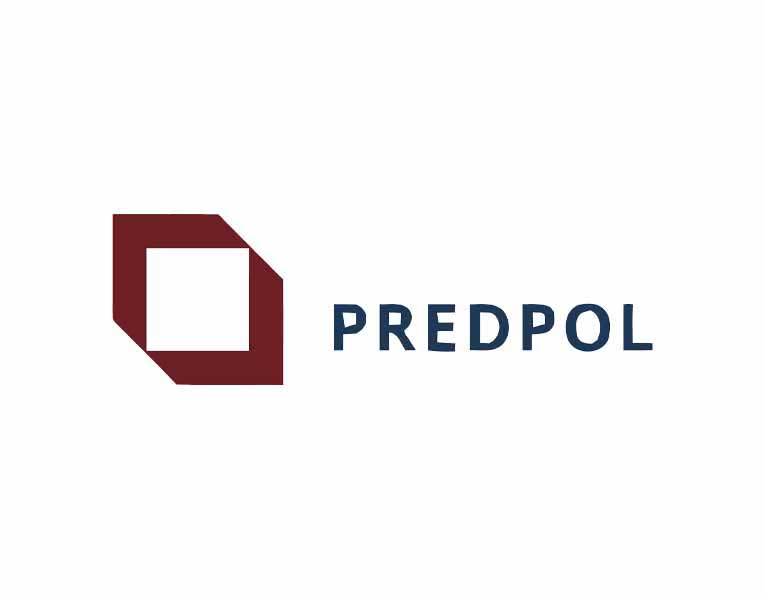Case Studies
Following are the industry wide case studies for successful Big Data solutions using variety of Big Data technologies.
Macy's Inc. and real-time pricing

The retailer adjusts pricing in near-real time for 73 million items, based on demand and inventory, using big data resulting in millions of dollars of extra revenue.
TXU-energy

TXU-energy has developed smart meters that sends meter data every 15 minutes that allows the company to price its electricity dynamically and control and the demand curve rather than maintaining infrastructure for peak usage. It can offer very low cost electricity on certain time so that users can run their dish washers and washing machine during those times. And increasing the electricity cost on high usage time so users are motivated to stop wasting electricity that they don’t need like keeping lights on. This also has good impact on environment
Tipp24 AG

A platform for placing bets on European lotteries, and prediction. The company uses big data to analyze billions of transactions and hundreds of customer attributes, and to develop predictive models that target customers and personalize marketing messages on the fly. That led to a 90% decrease in the time it took to build predictive models.
Daimler Trucks

A national trucking company by linking all its truck to transmit technical data about the trucks to a central location and processing in 20 minutes can send text or call to the driver about issue his truck is having an advise weather he has to take care of it in 2 weeks, couple of day or he needs to go to the nearest service station to avoid a breakdown. This keeps the company's transportation service running smoother by proactively identifying and resolving the issues that can cause delays.
T-Mobile USA

T-Mobile USA has integrated Big Data across multiple IT systems to combine customer transaction and interactions data in order to better predict customer defections. By leveraging social media data (Big Data) along with transaction data from CRM and Billing systems, T-Mobile USA has been able to “cut customer defections in half in a single quarter” A well-known bank (name withheld due to secrecy clause) implemented a big data analytics solution that improves the way its representatives support customers by providing them with an early indication of each customer’s needs before they got on the phone. The platform uses social media data to understand relationships and can determine whom the customer is connected to. The solution combines multiple sources of data, both internal and external. Some indication may exist of major life events that are taking place for this customer. As a result, agents are able to take the next best action. For example, a customer may have a child ready to graduate from high school, and this might be a good time to discuss a college loan A credit card provider developed a big data analytics solution that integrates information from traditional structured sources, such as customer transaction information, with unstructured and streaming data such as click-stream data, Twitter feeds, and other social media data. Its immediate goal is to create detailed micro segmentations of customers to be able to provide targeted offers. The solution provides the company with an effective approach to analyzing lots of information quickly to identify customer intent to buy and create a personalized next best offer for that customer
Equifax (Credit score Management Company)

Equifax (Credit score Management Company) is helping IRS to detect more accurately which tax filings are likely to be fraudulent and stopping billions of dollars of fraudulent payments each year. It also helping programs like Medicare to identify fraudulent medical claims
Wal-Mart Stores Inc.

The mega-retailer's latest search engine for Walmart.com includes semantic data. Big data platform that was designed in-house, relies on text analysis, machine learning and even synonym mining to produce relevant search results. Wal-Mart says adding semantic search has improved online shoppers completing a purchase by 10% to 15%. "In Wal-Mart terms, that is billions of dollars," Laney said An insurance company wants to increase the efficiency and effectiveness of its call center representatives. Agents could not quickly identify the full extent of a customer’s mix of business, and therefore, it was hard to identify top customers who needed special attention. In addition, agents found it very time-consuming to search for call notes captured during previous calls with a particular customer and found that information that might have helped to solve the problem was not located until it was too late. Unfortunately, a growing number of customer interactions resulted in dissatisfied customers. This company implements a solution that transforms conversations from recorded calls into text. Keywords are identified and analyzed. This data is combined with historical data about the customer to identify high-priority customers who require immediate attention and to deliver a timelier and appropriate response to all customers. Sentiment analysis is proving invaluable in political campaigns, live events, advertising, marketing and brand management
Ultra Fast food

This company is training cameras on drive-through lanes to determine what to display on its digital menu board. When the lines are longer, the menu features products that can be served up quickly; when the lines are shorter, the menu features higher-margin items that take longer to prepare Real time analysis of streaming data captured from point of sale system along with social and other data sources to make on the spot offers to customers that are relevant to customer while he/she is engaged and in process of checking out. Real time streaming data analysis of monitoring instruments from patients spots early warning signs and saves lives Real time streaming data analysis in chemical industry allows to correct the errors in real time resulting in huge cost savings
Morton's The Steakhouse

Morton's The Steakhouse and brand recognition. When a customer jokingly tweeted the Chicago-based steakhouse chain and requested that dinner be sent to the Newark airport, where he would be getting in late after a long day of work. The steakhouse saw the tweet, discovered he was a frequent customer (and frequent tweeter), and pulled data on what he typically ordered, figured out which flight he was on, and then sent a tuxedo-clad delivery person to serve him his dinner. Sure, the whole thing was a publicity stunt (that went viral), but that's not the point. The question businesses should be asking themselves: "Is your company even capable of something like this?"
PredPol Inc.

The Los Angeles and Santa Cruz police departments, a team of educators and a company called PredPol have taken an algorithm used to predict earthquakes, tweaked it and started feeding it crime data. The software can predict where crimes are likely to occur down to 500 square feet. In LA, there's been a 33% reduction in burglaries and 21% reduction in violent crimes in areas where the software is being used.
Tesco PLC

The supermarket chain collected 70 million refrigerator-related data points coming off its units and fed them into a dedicated data warehouse. Those data points were analyzed to keep better tabs on performance, gauge when the machines might need to be serviced and do more proactive maintenance to cut down on energy costs.
American Express Co

Hindsight reporting and trailing indicators can only take a business so far, AmEx realized. Traditional BI [business intelligence] hindsight-oriented reporting and trailing indicators aren't moving the needle on the business. So AmEx started looking for indicators that could really predict loyalty and developed sophisticated predictive models to analyze historical transactions and 115 variables to forecast potential churn. The company believes it can now identify 24% of Australian accounts that will close within the next four months